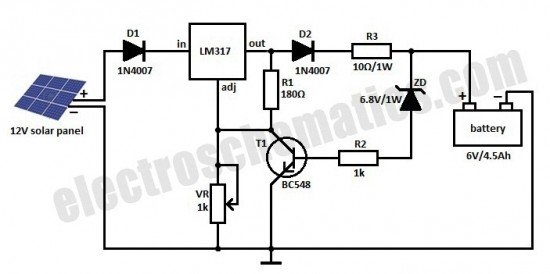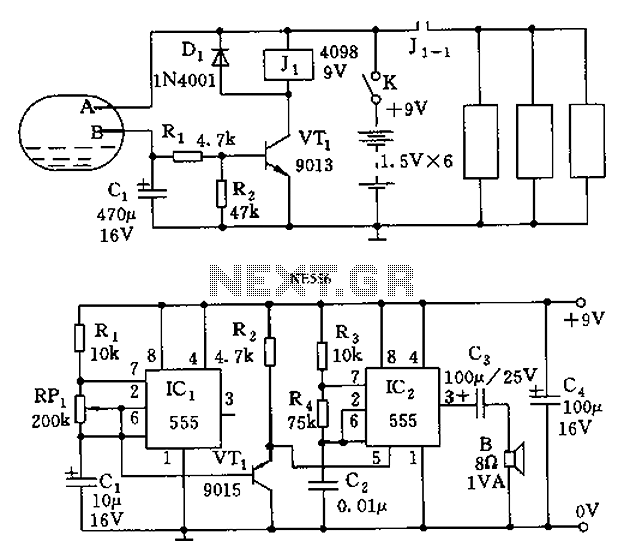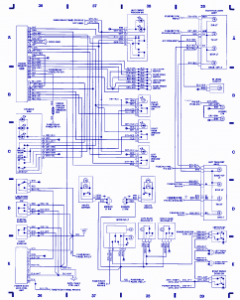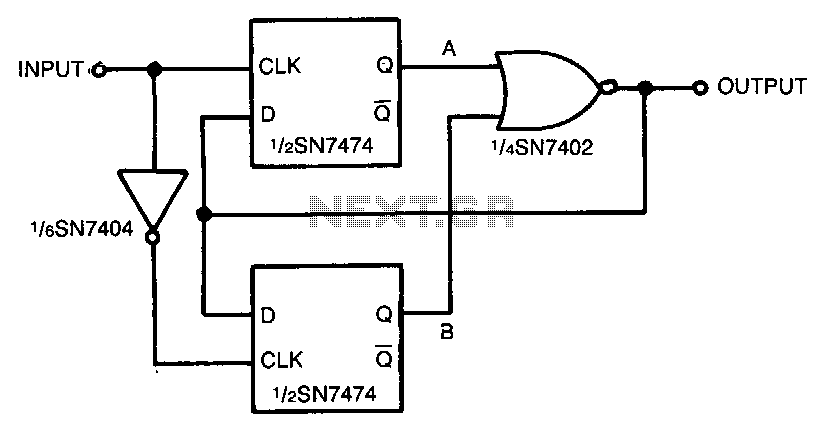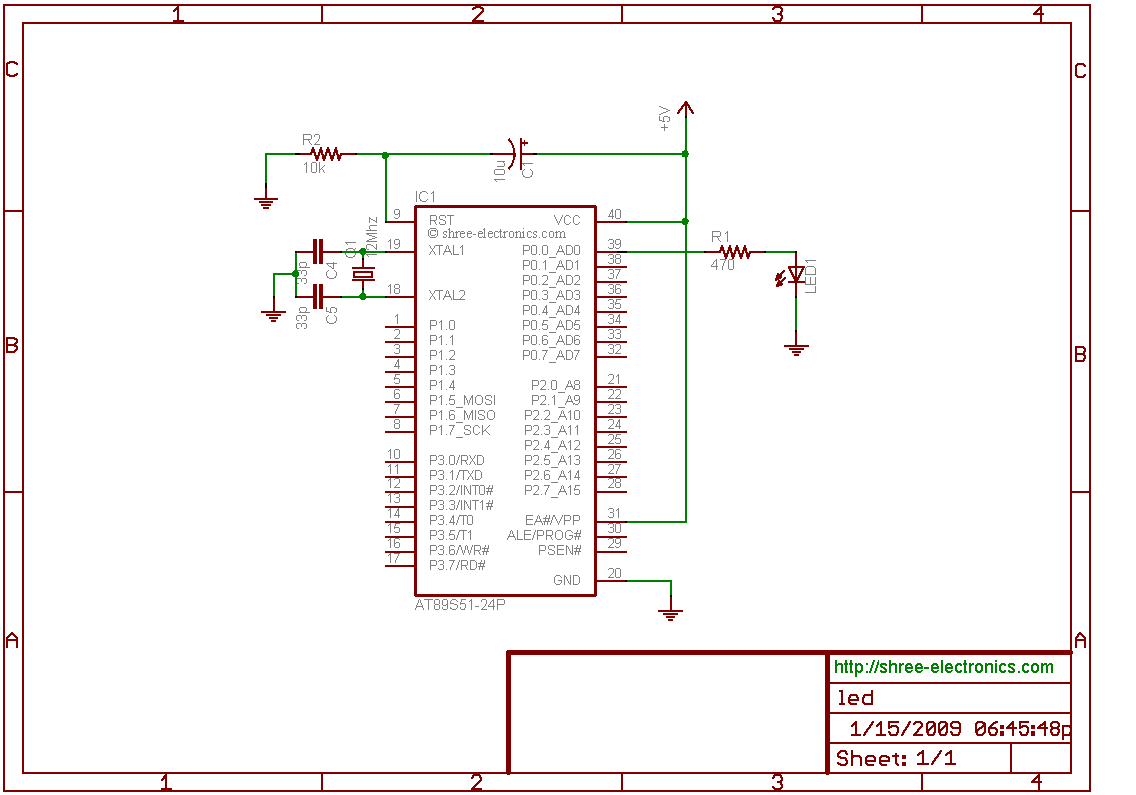
High-intensity LED Warning Flasher circuit
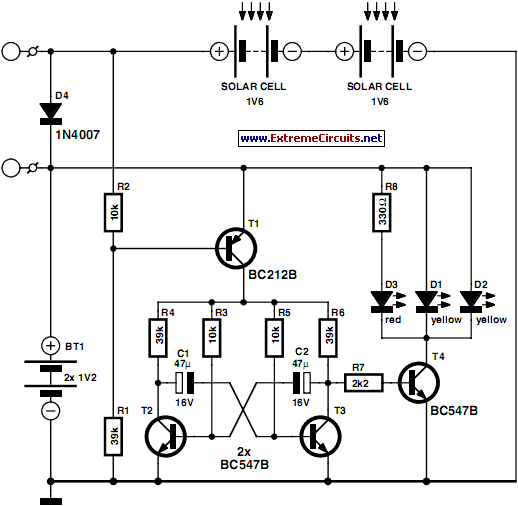
This circuit is designed as a warning flasher to alert road users to dangerous situations in low-light conditions. It can also function as a bicycle light, subject to applicable traffic regulations. White LEDs are recommended for use as a front bicycle light, while red LEDs are suitable for tail light applications. During daylight, two 1.6-V solar cells charge two AA batteries. In darkness, the solar cells are inactive, and the batteries automatically supply power to the circuit. The flash frequency is approximately one per second, with an LED on-time of about 330 ms.
The circuit employs two 1.6-V solar cells connected in parallel to ensure adequate charging of the two AA batteries, which are configured to provide a combined voltage sufficient to power the LED indicators. The solar cells function effectively during daylight hours, converting sunlight into electrical energy, which is stored in the batteries for use when ambient light levels are low.
The LED configuration is critical for the intended application. For a bicycle front light, white LEDs are selected for their high visibility and ability to illuminate the road effectively. In contrast, red LEDs are used for tail lights to comply with traffic safety standards, ensuring that the rear of the bicycle is visible to following vehicles.
The circuit incorporates a simple flashing mechanism that can be achieved using a timer IC, such as the NE555, configured in astable mode. This setup produces a square wave output, driving the LEDs to flash at a frequency of approximately one flash per second. The on-time duration of about 330 ms is adjustable through external resistors and capacitors, allowing for customization based on user preference or specific application requirements.
In the absence of light, the solar cells cease to generate voltage, prompting the circuit to switch to battery power automatically. This transition is seamless, ensuring that the LEDs continue to function without interruption, thereby maintaining visibility in dark conditions.
Overall, this circuit effectively combines solar energy harvesting with LED technology to provide a reliable and environmentally friendly solution for enhancing safety during nighttime or low-visibility conditions.This circuit was designed as a warning flasher to alert road users to dangerous situations in the dark. Alternatively, it can act as a bicycle light (subject to traffic regulations and legislation). White LEDs only are recommended if the circuit is used as a bicycle front light (i.e. for road illumination) and red LEDs only when used as a tail light. During the day, the two 1.6-V solar cells charge the two AA batteries. In darkness, the solar cell voltage disappears and the batteries automatically power the circuit. The flash frequency is about one per second and the LED on-time is about 330 ms.. 🔗 External reference
The circuit employs two 1.6-V solar cells connected in parallel to ensure adequate charging of the two AA batteries, which are configured to provide a combined voltage sufficient to power the LED indicators. The solar cells function effectively during daylight hours, converting sunlight into electrical energy, which is stored in the batteries for use when ambient light levels are low.
The LED configuration is critical for the intended application. For a bicycle front light, white LEDs are selected for their high visibility and ability to illuminate the road effectively. In contrast, red LEDs are used for tail lights to comply with traffic safety standards, ensuring that the rear of the bicycle is visible to following vehicles.
The circuit incorporates a simple flashing mechanism that can be achieved using a timer IC, such as the NE555, configured in astable mode. This setup produces a square wave output, driving the LEDs to flash at a frequency of approximately one flash per second. The on-time duration of about 330 ms is adjustable through external resistors and capacitors, allowing for customization based on user preference or specific application requirements.
In the absence of light, the solar cells cease to generate voltage, prompting the circuit to switch to battery power automatically. This transition is seamless, ensuring that the LEDs continue to function without interruption, thereby maintaining visibility in dark conditions.
Overall, this circuit effectively combines solar energy harvesting with LED technology to provide a reliable and environmentally friendly solution for enhancing safety during nighttime or low-visibility conditions.This circuit was designed as a warning flasher to alert road users to dangerous situations in the dark. Alternatively, it can act as a bicycle light (subject to traffic regulations and legislation). White LEDs only are recommended if the circuit is used as a bicycle front light (i.e. for road illumination) and red LEDs only when used as a tail light. During the day, the two 1.6-V solar cells charge the two AA batteries. In darkness, the solar cell voltage disappears and the batteries automatically power the circuit. The flash frequency is about one per second and the LED on-time is about 330 ms.. 🔗 External reference

